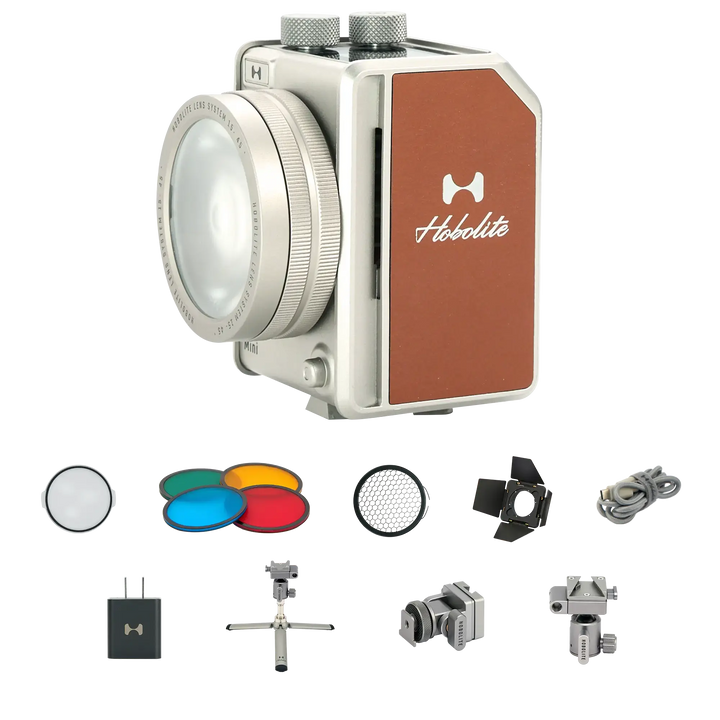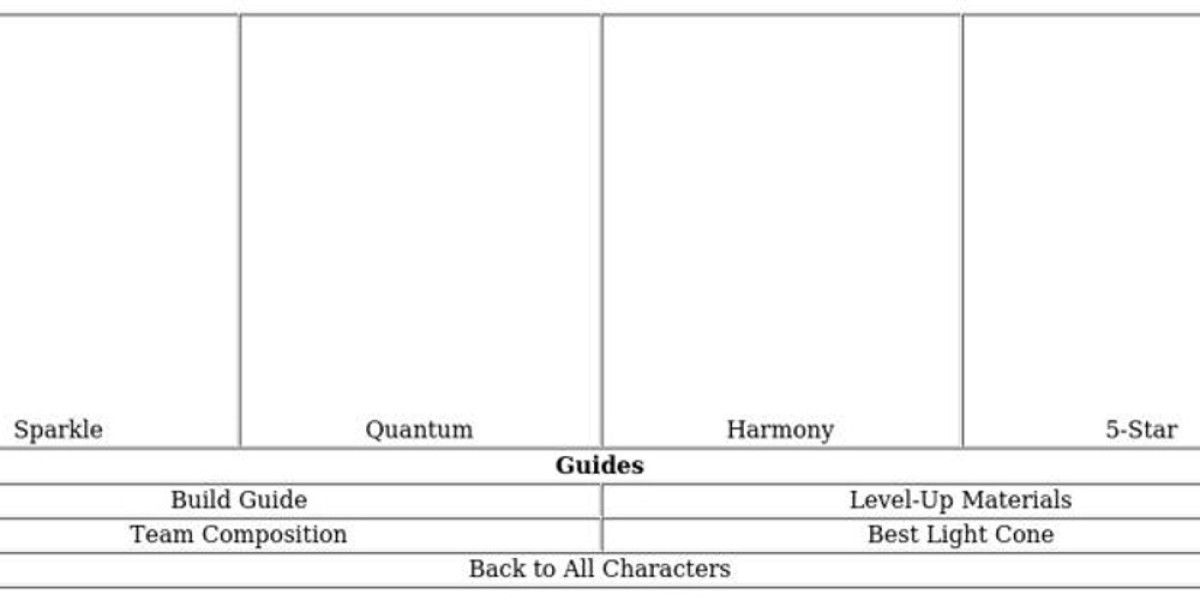Unlock the Secrets of Photography Lights That Everyone Will Be Talking About in 2025!
Lighting is often hailed as the backbone of photography, shaping the mood, depth, and detail of images. The right lighting can transform a mundane shot into a captivating work of art. As we approach 2025, the realm of photography lights is evolving rapidly, integrating cutting-edge technology and innovative designs that enhance creative possibilities. With the rise of smart solutions and sustainable practices, photographers can expect an array of options that cater to various needs and styles. This article will explore the exciting developments in photography lighting and offer insights into what makes these tools indispensable for capturing stunning visuals in 2025.

The Evolution of Photography Lights
The journey of photography lights has been remarkable, beginning with the simple use of natural light and evolving through the ages. In the early days, photographers relied heavily on sunlight and reflectors to illuminate their subjects. As technology advanced, incandescent bulbs became popular, followed by the introduction of flash photography, which revolutionized the industry. The mid-20th century saw significant advancements with the development of portable flash units, allowing photographers to shoot in low-light conditions without the constraints of large studio setups. Today, we’ve entered a new era dominated by LED technology, which offers efficiency, longevity, and versatility. As we look ahead to 2025, we can anticipate even more sophisticated lighting solutions that adapt to a photographer’s environment and creative vision, ensuring that capturing the perfect shot is always within reach.
Types of Photography Lights Popular in 2025
As we approach 2025, several types of photography lights are poised to dominate the market. LED lights have surged in popularity due to their energy efficiency, long lifespan, and adjustable color temperatures, making them ideal for both studio and outdoor photography. Additionally, continuous lights are becoming a staple for videographers and photographers alike, offering consistent illumination that allows for real-time adjustments to lighting conditions. Flash units continue to be essential for capturing high-speed actions and dynamic scenes, with advancements in wireless technology enabling seamless synchronization with cameras. Moreover, portable and battery-operated lights are gaining traction, providing flexibility for on-location shoots. Each of these lighting types has its unique advantages, appealing to a broad spectrum of photographers, from amateurs to seasoned professionals.
Innovative Features to Look For
As technology progresses, photography lights are becoming equipped with innovative features that enhance their functionality. Smart technology integration allows photographers to control lighting settings through mobile apps, enabling adjustments on the fly without the need to physically interact with the equipment. Remote control capabilities are also becoming standard, allowing for precise positioning and adjustments from a distance. Furthermore, energy efficiency is a significant trend, with many lights now designed to consume less power while delivering greater output. Features like built-in diffusers and adjustable beam angles also improve versatility, making it easier for photographers to achieve the desired effect in various settings. As these advancements continue to emerge, the photography landscape in 2025 will offer a plethora of tools that cater to diverse creative needs.
Factors Influencing the Popularity of Photography Lights
The popularity of specific photography lights is influenced by several factors. User preferences play a pivotal role, as photographers seek equipment that aligns with their unique styles and shooting environments. Trends in photography, such as the rise of portrait and product photography on social media platforms, drive demand for lighting solutions that enhance image quality and aesthetics. Additionally, advancements in technology contribute significantly to the decision-making process, as photographers are drawn to features that promise improved efficiency and ease of use. The growing emphasis on sustainability has also led consumers to favor energy-efficient lighting options that reduce their carbon footprint. Ultimately, the interplay of these factors shapes the landscape of photography lights, making them more accessible and appealing to a broader audience in 2025.
Tips for Choosing the Right Photography Light in 2025
Choosing the right photography light in 2025 can be a daunting task, given the multitude of options available. First, consider your specific needs and shooting style; for instance, portrait photographers may benefit from soft, diffused lighting, while product photographers might require focused, bright lights to highlight details. Assess the types of shoots you typically undertake—whether it's studio work, outdoor events, or travel photography—as this will influence your choice of lighting equipment. Additionally, look for lights that offer flexibility in terms of wattage and color temperature, allowing you to adapt to various environments. Finally, prioritize portability and battery life if you often shoot on location, ensuring that you can capture stunning images without being tied down by cumbersome equipment. By taking these factors into account, you can confidently select the best photography lights for your needs in 2025.
Transforming Photography through Innovative Lighting
In conclusion, understanding the intricacies of photography lights is essential for anyone looking to elevate their skills in 2025. As we’ve explored, the evolution of lighting technology has brought forth a range of innovative solutions that cater to diverse photography styles and preferences. By keeping abreast of the latest trends and advancements, aspiring photographers can make informed decisions about their lighting equipment, ultimately enhancing the quality of their work. Whether you’re a hobbyist or a professional, embracing the advancements in photography lights will empower you to create stunning visuals that resonate with viewers. So, stay curious and informed, as the world of photography lighting continues to illuminate new possibilities!








